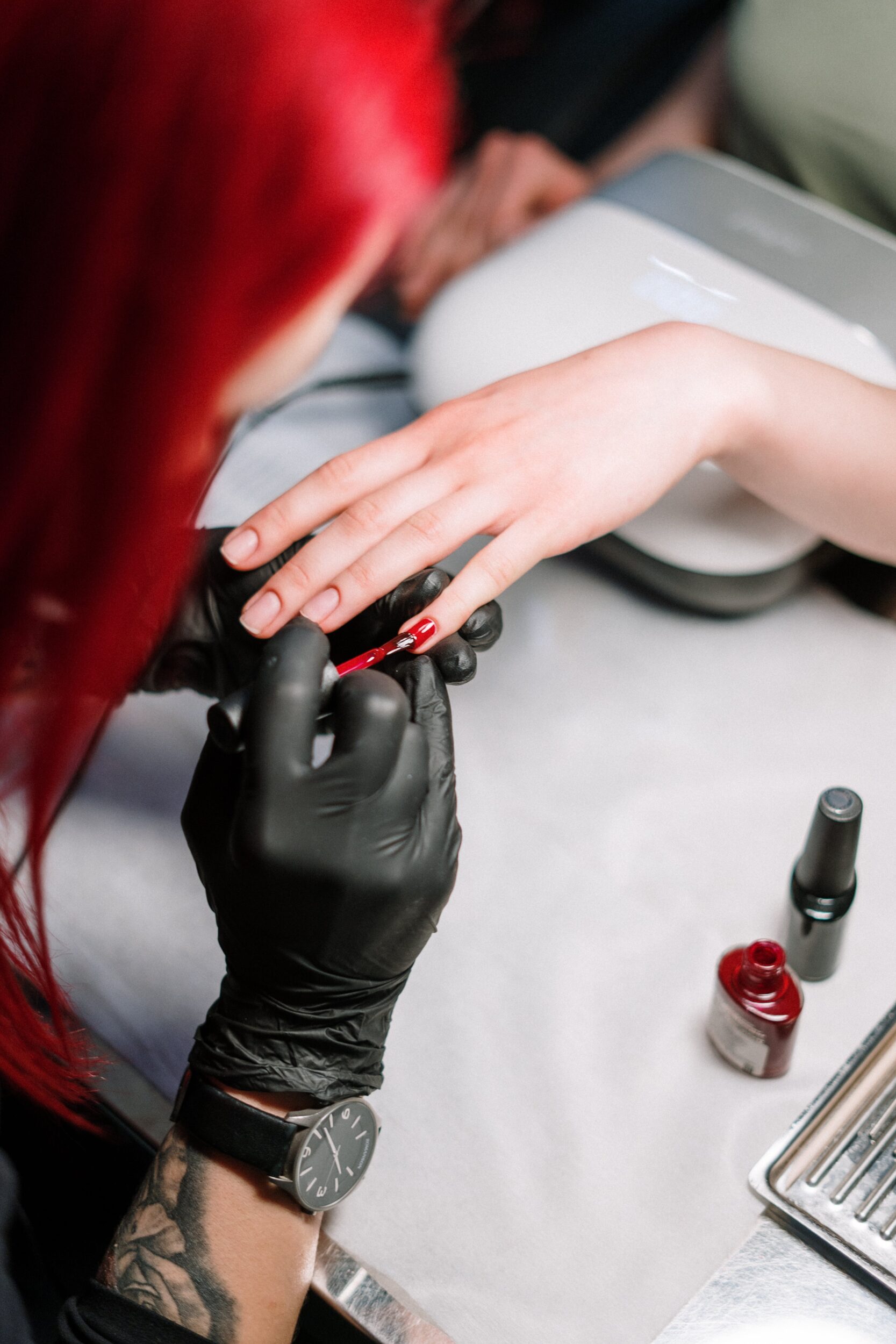Meticulous and impeccable, the Russian manicure seduces. This technique originating from Russia, highly appreciated in France, allows you to prepare the nail by attacking the cuticles. in order to maximize the surface on which the paint will be deposited. Only problem: it is a method that requires an extremely strict health protocol. The risk ? Develop chronic infections.
How exactly does the Russian manicure work?
Considered a dry manicure, meaning one that doesn’t require immersing your hands in water to soften the cuticles, the Russian manicure is very advanced. It develops in a few stages. To begin with, you need to lift the cuticles with a wooden stick, then work the skin with an electric file to finally eliminate residues with a spherical tip which will polish the area.
Once these different steps are complete, it’s time to apply the paint. If this is done in the traditional way, the finishing touches, carried out with a thin brush so as to get as close as possible to the base of the nail, are specific to the Russian manicure.

What’s wrong with Russian manicure?
On paper the Russian manicure looks attractive. But American dermatologist Dana Sterm seems much less enthusiastic about this practice. He explains the reasons for his skepticism in the pages of the magazine American glamour :
“The main advantage is that the nail polish is applied under the proximal nail fold, allowing the manicure to last longer than a traditional manicure. That said, the reason they are able to apply nail polish under the crease is because they have created a breach in the protective membrane, the cuticle.”
This famous violation is problematic. The cuticles serve to protect the nail from bacteria it may come into contact with. We know that hands are in high demand during the day. Food debris, viruses and bacteria can build up there, even if you wash them regularly. This space created between the nail and the epidermis by the practice of Russian manicure is therefore a real gateway to infections. A theory validated by Dana Sterm:
“Complete removal of the cuticle, if done repeatedly, usually results in the entry of bacteria, resulting in a type of nail infection called chronic whitlow.”
Risks of hyperpigmentation in dark skin
Because creating this breach is an act that can hurt the skin, some professionals like Dr. Unnati Desaimedical director of Skinfluencer London, noticed the appearance of hyperpigmentation in darker skin. This relatively common phenomenon occurs in the area around the nail in response to the injury caused.
Obviously these different problems do not concern all lovers of Russian manicure. But it is still important to find out about the risks before making your first appointment. To the wise.
Discover BookClub, Madmoizelle’s show that questions society through books, in the company of those who make them.
Source: Madmoizelle
I am Anne Johnson and I work as an author at the Fashion Vibes. My main area of expertise is beauty related news, but I also have experience in covering other types of stories like entertainment, lifestyle, and health topics. With my years of experience in writing for various publications, I have built strong relationships with many industry insiders. My passion for journalism has enabled me to stay on top of the latest trends and changes in the world of beauty.




